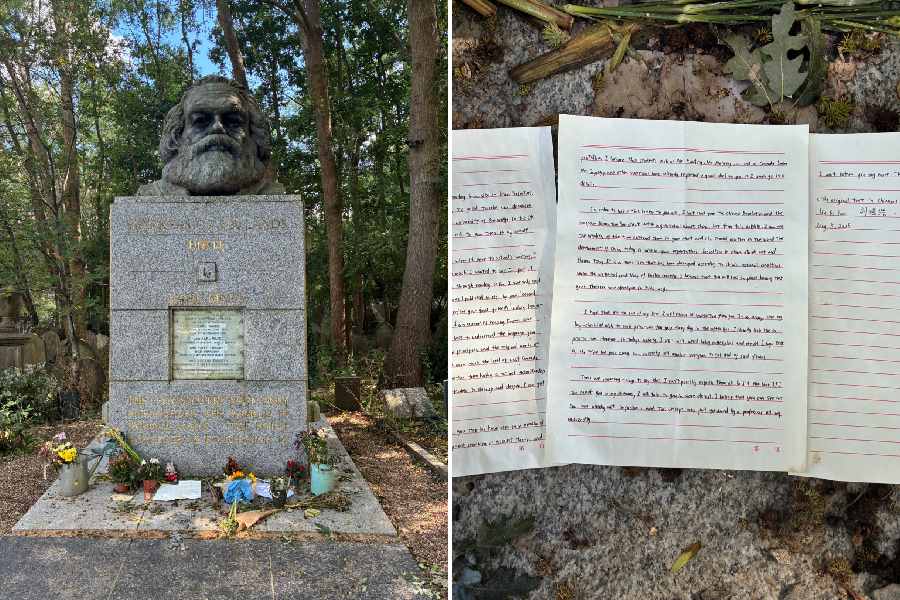
Mosquitoes thrive in Ranchi. Mosquitoes die in Jamshedpur.
It is no geographical miracle, but smart use of bug killer chemicals that has allowed the steel city to triumph in the vector control war and earn plaudits from none less than Jharkhand High Court, which has again recommended emulation of the sting fight strategy in the capital.
So, what is the big secret of Jusco - the Tata Steel subsidiary looking after civic utilities in company command areas in Jamshedpur - that Ranchi Municipal Corporation (RMC) must know?
A senior official in the public health wing of Jusco revealed that their strategy was no closely guarded secret, but common knowledge. He said the use of just one chemical for fogging or spraying helped the mosquito larvae develop resistance after a while, which is why they preferred rotation of larvicides.
"Following extensive research on the lifecycle and breeding habits of mosquitoes, we decided to rotate chemicals while fogging or spraying. The chemical component of a larvicide is changed every one and a half to two years. This contains larva proliferation," the official explained.
During fogging, Jusco uses cyphenothrine (a type of synthetic insecticide) as the first line of defence. It is followed by pyrethrum and then deltamethrin (a type of synthetic pesticide) as the third line of defence before returning to cyphenothrine.
While spraying larvicides, the first line chemical is temephos, followed by BTI (Bacillus thuringiensis israelensis, a group of bacteria used as biological control agents) and finally MLO (mosquito larvicidal oil that helps to provide a fortified stable film with adequate surface tension to cut off ingress of oxygen into water).
Furthermore, Jusco has divided company command areas into six zones - Ramdas Bhatta (Kadma-Bistupur), Sonari (Sonari), Northern Town-Circuit House, Kasidih (Sakchi, Baradwari and Golmuri), Burmamines (Burmamines) and Baridih (Agrico, Sidhgora and Baridih) - for effective fogging and spraying.
"We have three vehicles mounted with fogging machines and around 30 hand-held larvicide spraying machines for stagnant water in puddles and drains. The chores are done early in the morning and in the evening between September and March, depending on the breeding season, with a gap of a week since the lifecycle of a mosquito ranges from 8 to 10 days," the Jusco official said.
Spokesperson Rajesh Rajan of the civic utilities firm confirmed rotation of chemicals for effective vector control. "We take a year's data from the health department and identify areas prone to mosquito menace. Fogging and spraying exercises are intensified in these places," he said.
Rajan further said that they planned to hold an awareness campaign from June. "Our health wing staff (around 400) will cover 90,000 houses, identify and destroy mosquito breeding areas," he added.
On May 3, the high court while hearing a PIL filed against RMC's failure to contain the vector menace in Ranchi had suggested the use of technology/strategy Jusco used in its sting fight in Jamshedpur.
RMC health officer Kiran Kumari said they had studied Jusco's best practices and were ready to implement an inspired model.
"We have procured more effective larvicide such as temephos. In case of fogging, we have switched from deltamethrin to cyphenothrine this season. The RMC has 11 mounted fogging machines and by this week, tenders will be floated for purchase of 20 more. We also have 400 handheld fogging machines and 600 workers to fight the vector menace," she added.
Should other civic areas of the state replicate the model?
Tell ttkhand@abpmail.com










